Over a decade ago, cities banded togethe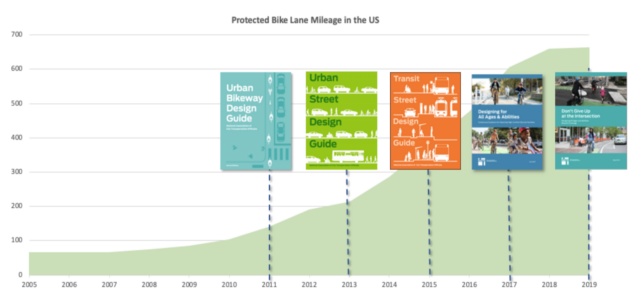 r to develop a first-of-its-kind document: bikeway design guidance developed by cities, for cities. Released in 2011, the NACTO Urban Bikeway Design Guide sparked a design revolution in cities across North America. City streets are now understood as key elements in confronting the intertwined safety, equity, and climate crises.
r to develop a first-of-its-kind document: bikeway design guidance developed by cities, for cities. Released in 2011, the NACTO Urban Bikeway Design Guide sparked a design revolution in cities across North America. City streets are now understood as key elements in confronting the intertwined safety, equity, and climate crises.
It’s time for an updated standard for designing streets for bikes. The third edition of the Urban Bikeway Design Guide–developed for cities, by cities–sets this standard, capturing lessons learned and new practices that have emerged in the decade since NACTO published the second edition.
The Urban Bikeway Design Guide, Third Edition, will be published on January 14, 2025. (But you can already pre-order it here!)
The Urban Bikeway Design Guide, Third Edition, will help city leaders and street designers create bikeable cities for people of all ages and abilities. It is a blueprint for implementing safe, connected, and equitable bike networks. It covers city policy, network planning, community collaboration, program and project evaluation, bikeway design, curb management, intersection design, maintenance, and operations. Designs and concepts are spotlit with precise, actionable illustrations and diagrams.
As U.S. Secretary of Transportation Pete Buttigieg put it: “the newest edition of the Urban Bikeway Design Guide will be an important resource for communities as they improve safety and design for cyclists, pedestrians, and everyone who uses our streets and roads.”
Working Papers
Over 2022 and 2023, NACTO published seven working papers covering best practices for data collection, network design, equitable network design, and scaling success to better meet the challenges of our time. This work helped inform the new edition of the Urban Bikeway Design Guide.
Below, check out the working papers.

Read Making Bikes Count
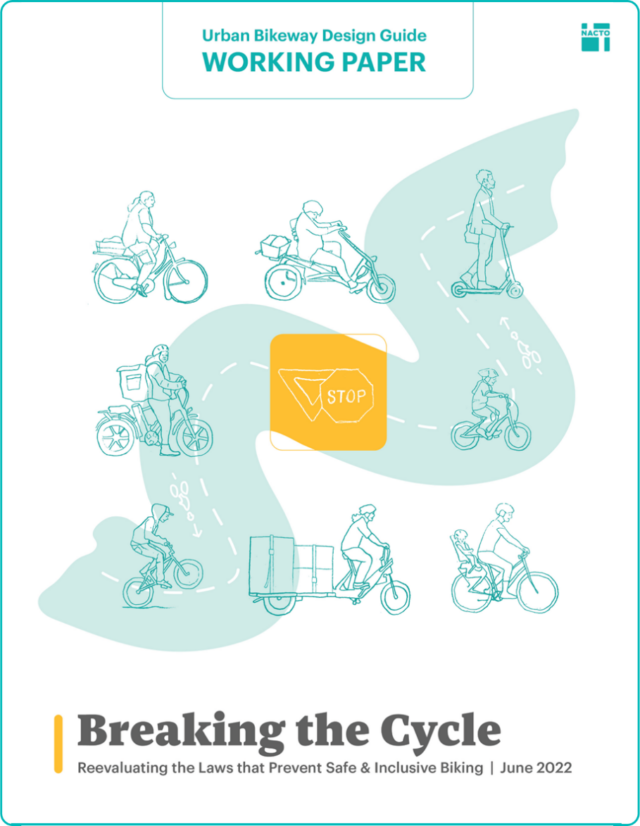
Read Breaking the Cycle
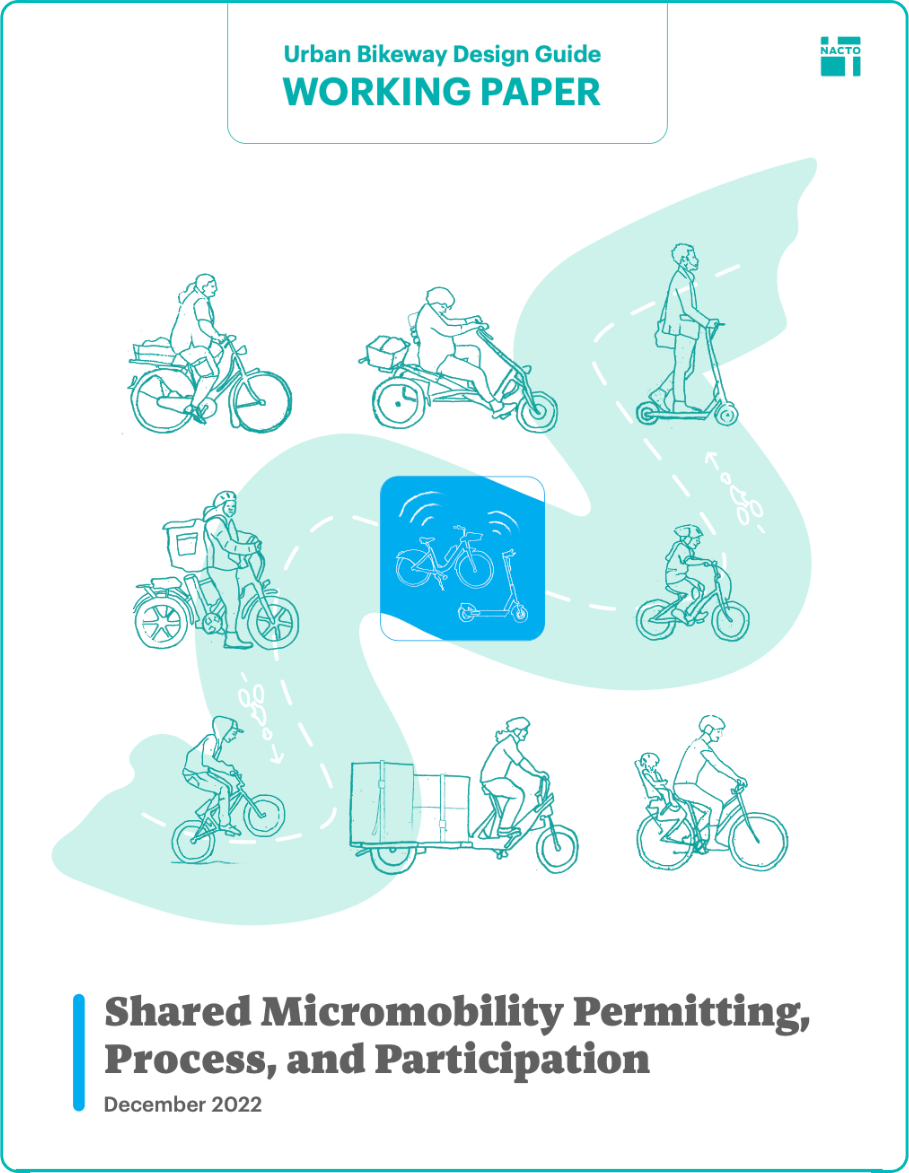
Read Shared Micromobility
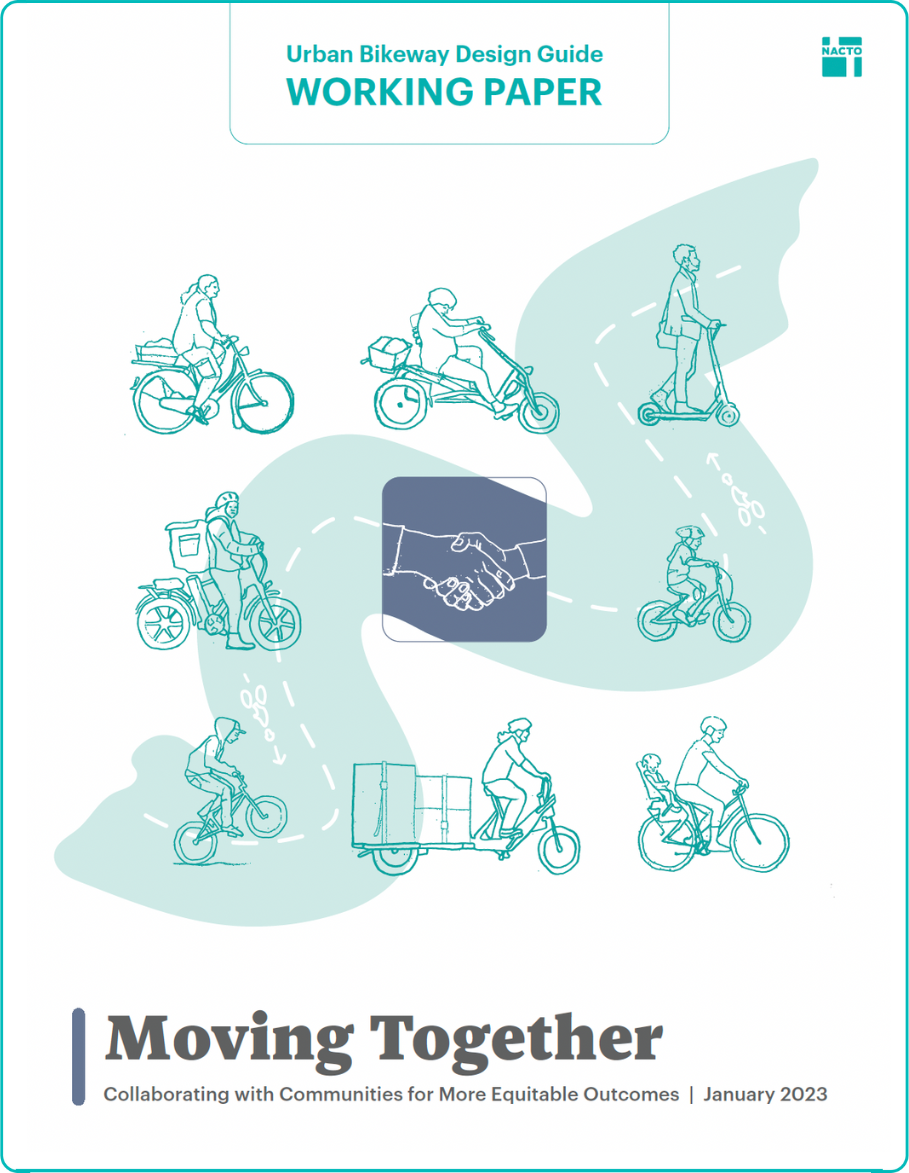
Read Moving Together
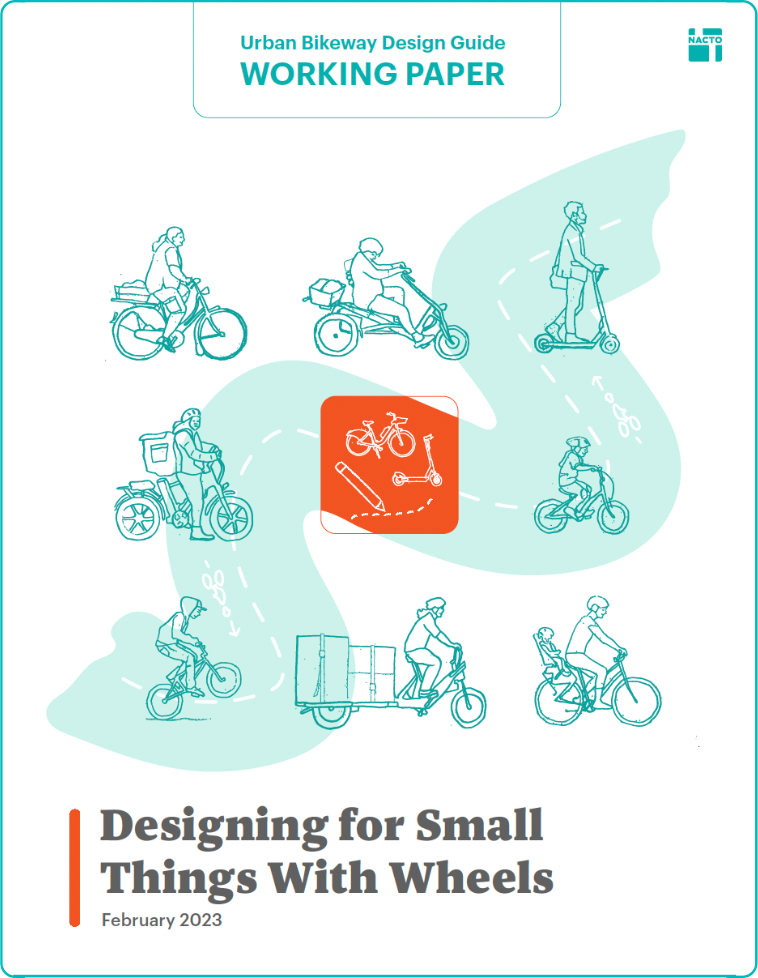
Read Designing for Small Things With Wheels
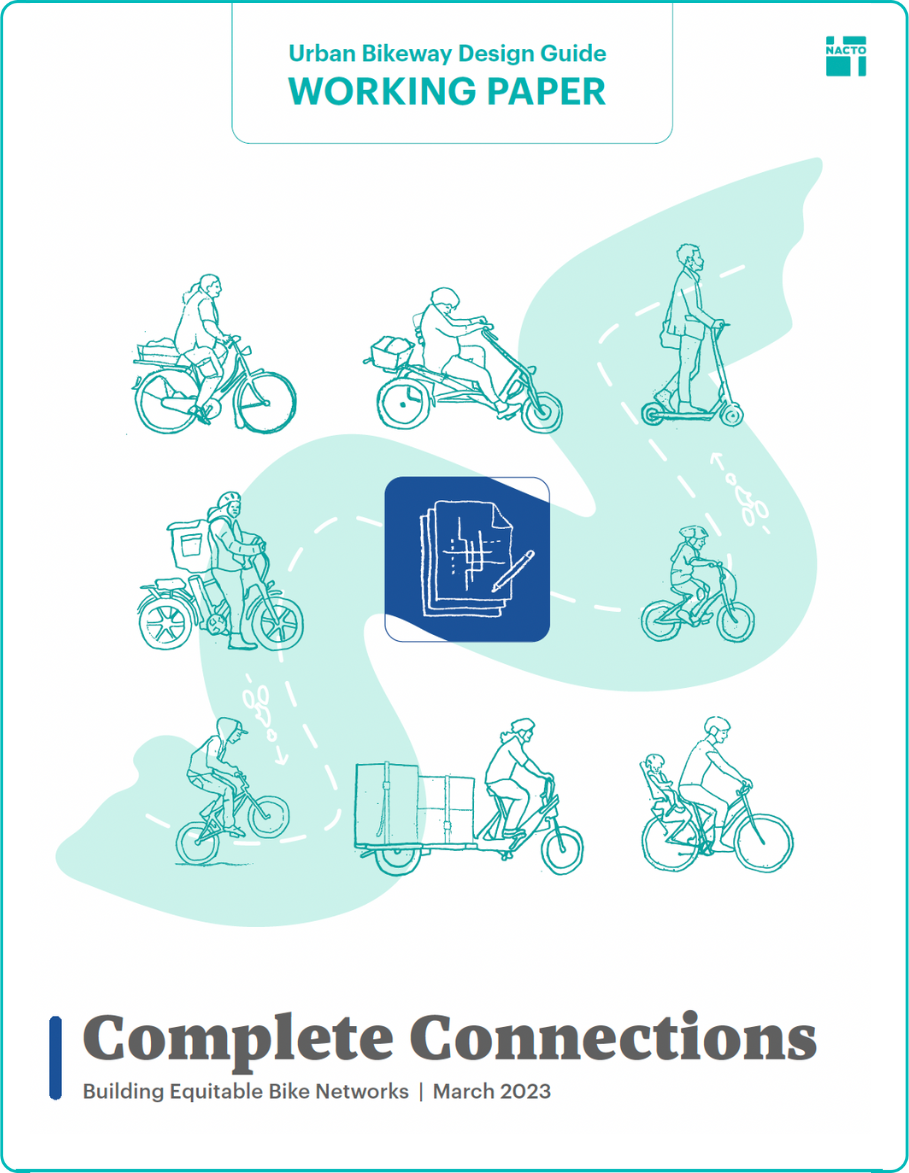
Read Complete Connections
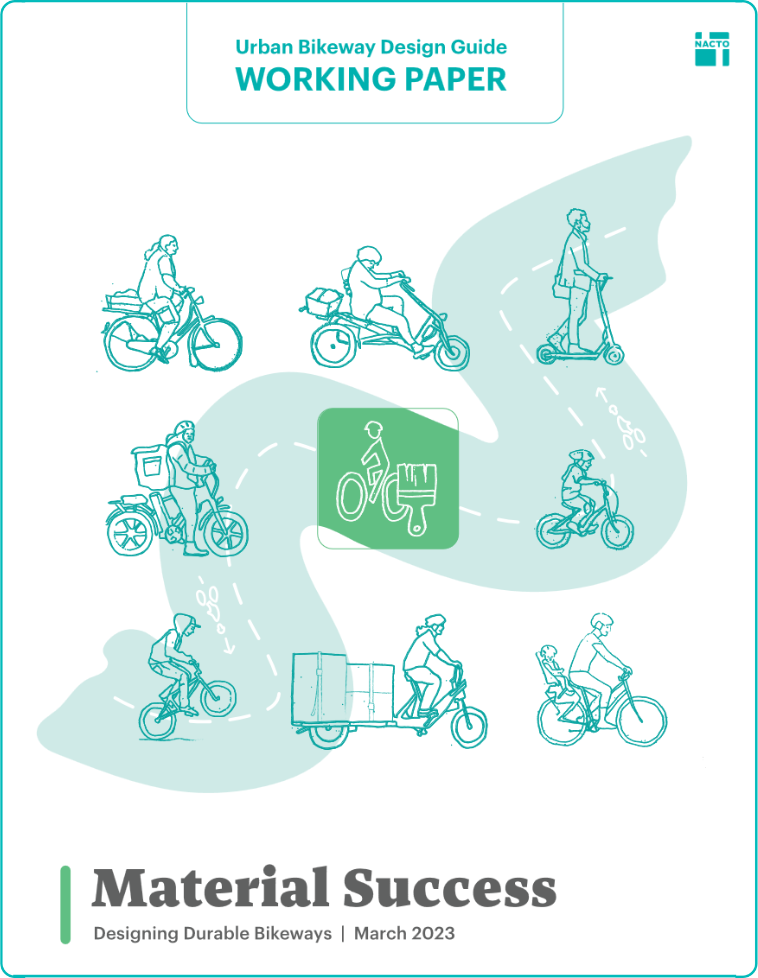
Read Material Success